Iodine speciation is used as a redox indicator and water mass tracer. However, the kinetics and mechanisms of oxidation of the reduced iodine species, iodide (I−), in seawater remain largely unresolved. Here, we provide constraints on I− oxidation rates from seawater incubation experiments using a sensitive radiotracer–incubation approach with high-precision mass spectrometry. Samples are inoculated with iodine-129 as I−, incubated under controlled conditions, then oxidized and reduced iodine species are isolated using liquid chromatographic separation. Samples are subsequently aspirated using a novel sparging interface, and the 129I/127I ratio of both iodine species is determined via multi-collector inductively-coupled plasma mass spectrometry. This highly-sensitive analytical approach is optimized for estimating the predicted slow rates of iodine redox transformations in small volume seawater samples at marine-relevant total iodine concentrations. Application of this method to coastal samples from Martha’s Vineyard Sound, USA, evidences the heretofore-elusive oxidation of I− under marine-analogue conditions. Our results demonstrate an increase in the 129I/127I of aqueous oxidized iodine species in unamended seawater, most likely due to formation of hypoiodous acid and then dissolved organic iodine, at rates of 118–189 nM/ yr. These rates are comparable to those inferred from previous open ocean mass balance approaches but have the benefit of directly linking iodine speciation changes to in situ I− oxidation. Though our treatment experiments do not definitively isolate the oxidation mechanism, they provide preliminary insight into important roles for both abiotic and biotic factors as well as iodine transformations between dissolved, particulate, and gaseous forms. Ultimately, the derived rates and novel experimental technique have potential to improve marine iodine cycling models and provide constraints on the importance of in situ processes in setting patterns of iodine speciation.
Summary:
Hardisty, DS, TJ Horner, SD Wankel, J Blusztajn and SG Nielsen. 2020. Experimental observations of marine iodide oxidation using a novel sparge-interface MC-ICP-MS technique. Chemical Geology. 532:119360. doi:10.1016/j.chemgeo.2019.119360.
Date Published:
November 9, 2019
Abstract

